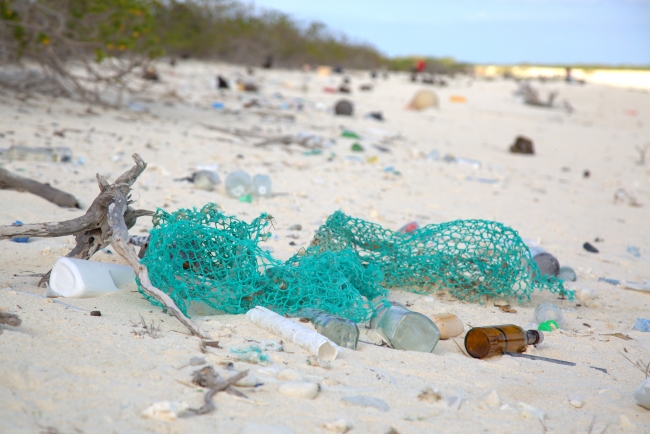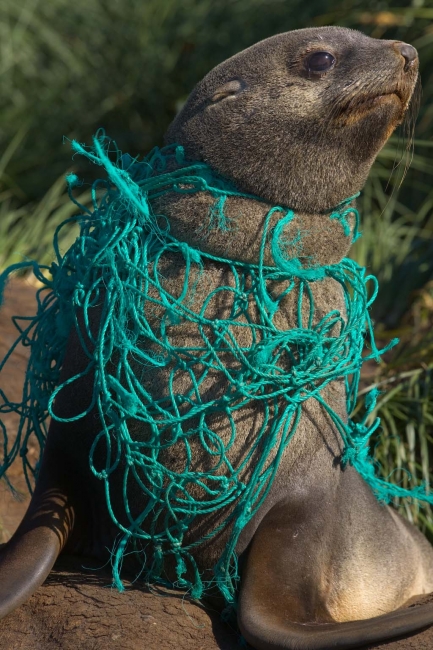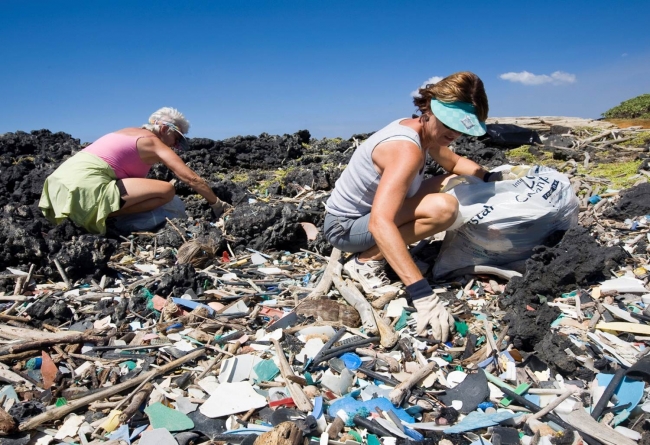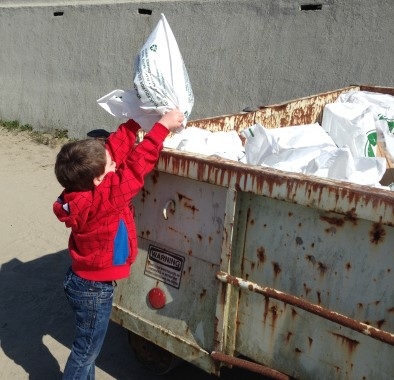Marine Debris is a pervasive problem that impacts all corners of the globe. This pollution issue includes any type of solid, manmade item that ends up in our ocean or Great Lakes and can unfortunately have a variety of negative impacts on us and the environment. These can include harming wildlife, creating navigational safety hazards, damaging habitats, and even impacting human health.
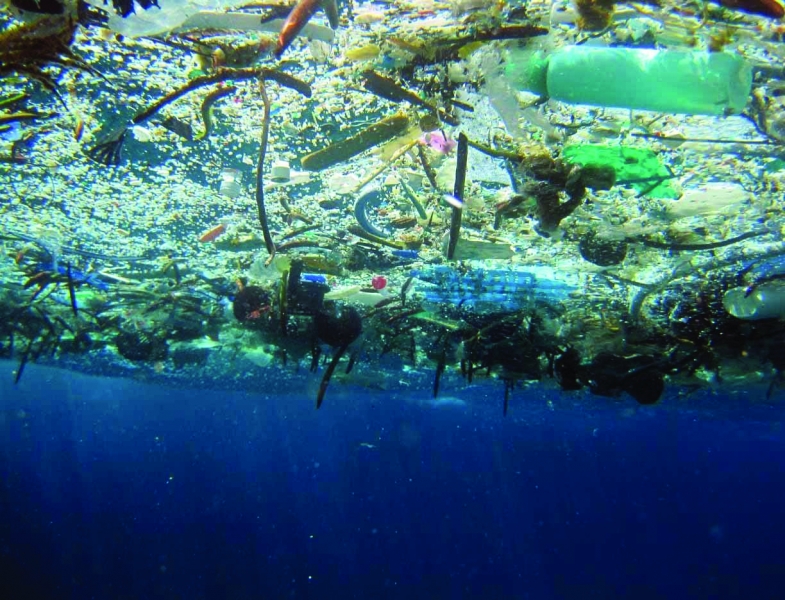
Even though marine debris is an entirely human-caused problem, debris can often be found in large quantities in remote areas that are far from human populations. This can include areas such as Papahānaumokuākea Marine National Monument in the remote Northwestern Hawaiian Islands and even the bottom of the ocean floor! Our National Marine Sanctuary System protects the United States’ most iconic natural and cultural marine resources such as these, and unfortunately they too are under threat.
Although this might sound bleak, there is some good news! Since marine debris is an entirely human-caused problem, that means that it is preventable and that humans also have the power to be the solution! There are already lots of efforts to remove, prevent, and learn more about marine debris in our sanctuaries and around the world, and everyone can be part of the solution! Evaluate your habits and make some changes in your own life by choosing to refuse unnecessary single-use items when you can. Reduce the amount of disposable items you use, choose reusable items when you can, and recycle when possible. If we can all make an effort to be part of the solution, that solution will take effect much sooner.
Make sure to keep an eye on the NOAA Marine Debris Program’s Facebook and Twitter accounts this week, as well as the Office of National Marine Sanctuaries’ Facebook, Twitter, Instagram, and Tumblr —there will be lots of posts throughout the week to help you learn more about marine debris, its impacts, and solutions in the National Marine Sanctuary System.

